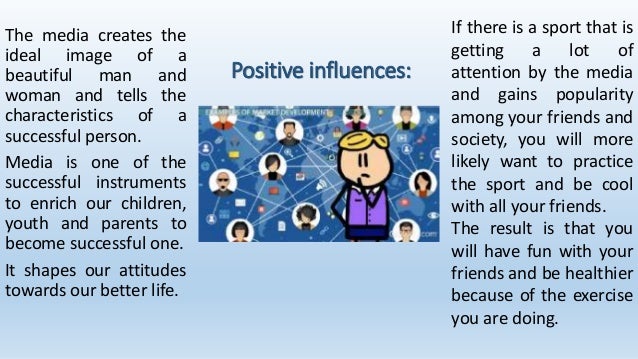

This doesn’t violate anyone’s privacy rights, but it allows students to see where they fell in the distribution. Although education and privacy laws prevent me from displaying each student’s grade on a test or paper for the whole class to see, I do typically report the aggregate grades, meaning the total number of As, Bs, Cs, and so on. The education system promotes social comparison through grades and rewards such as honor rolls and dean’s lists.

Some people strive to be first chair in the clarinet section of the orchestra, while another person may be content to be second chair. Not all people feel they need to be at the top of the list, but some won’t stop until they get the high score on the video game or set a new school record in a track-and-field event. We generally want to know where we fall in terms of ability and performance as compared to others, but what people do with this information and how it affects self-concept varies. As with other aspects of perception, there are positive and negative consequences of social comparison. Even though students involved in athletics and students involved in arts may seem very different, a dancer or singer may also be very athletic, perhaps even more so than a member of the football team. As we learned earlier, we organize information based on similarity and difference, but these patterns don’t always hold true. But social comparison can be complicated by perceptual influences. Conversely, athletes were probably more apt to compare themselves, in terms of similar athletic ability, to other athletes rather than kids in show choir. Some kids in your high school probably wanted to fit in with and be similar to other people in the marching band but be different from the football players. Think of all the cliques in high school and how people voluntarily and involuntarily broke off into groups based on popularity, interest, culture, or grade level. Although we compare ourselves to others throughout our lives, adolescent and teen years usually bring new pressure to be similar to or different from particular reference groups. Factors like age and personality may influence whether or not we want to fit in or stand out. Since self-concept is context specific, similarity may be desirable in some situations and difference more desirable in others. We also engage in social comparison based on similarity and difference. Using as a reference group people who have only recently started a fitness program but have shown progress could help maintain a more accurate and hopefully positive self-concept. If a man wants to get into better shape and starts an exercise routine, he may be discouraged by his difficulty keeping up with the aerobics instructor or running partner and judge himself as inferior, which could negatively affect his self-concept. In terms of athletic ability, many people choose unreasonable reference groups with which to engage in social comparison. Reference groups are the groups we use for social comparison, and they typically change based on what we are evaluating. This process of comparison and evaluation isn’t necessarily a bad thing, but it can have negative consequences if our reference group isn’t appropriate. For example, you may judge yourself to be more intelligent than your brother or less athletic than your best friend, and these judgments are incorporated into your self-concept. In terms of superiority and inferiority, we evaluate characteristics like attractiveness, intelligence, athletic ability, and so on. Social comparisons are based on two dimensions: superiority/inferiority and similarity/difference (Hargie, 2011). Social comparison theory states that we describe and evaluate ourselves in terms of how we compare to other people.

We also develop our self-concept through comparisons to other people. For example, you may think, “I’m glad that people can count on me to listen to their problems.” These thoughts evoke emotional responses that feed into our self-concept. This reflective process of building our self-concept is based on what other people have actually said, such as “You’re a good listener,” and other people’s actions, such as coming to you for advice. The concept of the looking glass self explains that we see ourselves reflected in other people’s reactions to us and then form our self-concept based on how we believe other people see us (Cooley, 1902). Our self-concept is also formed through our interactions with others and their reactions to us. Stefano Ravalli – In control – CC BY-NC-SA 2.0.


 0 kommentar(er)
0 kommentar(er)
